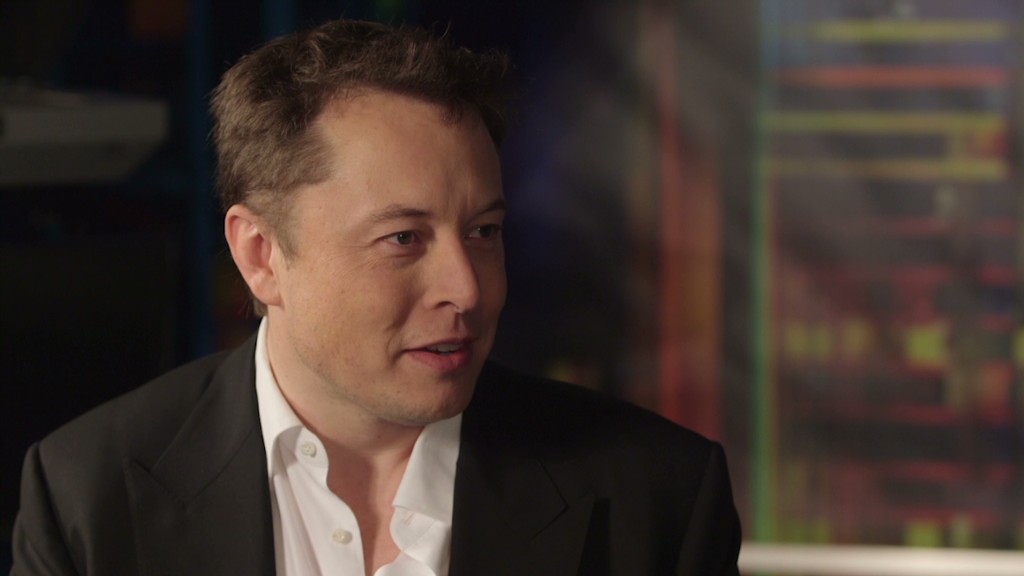
NASA's shuttle program was once the agency's pride and joy. Now it is turning it over to two companies: Boeing and SpaceX.
Before grounding the program in 2011, NASA flew 135 missions, 37 of which were to the International Space Station, the single most expensive object ever built, with an estimated all-in cost of $150 billion.
The International Space Station is a floating laboratory in space that travels at speeds of 17,240 miles per hour, circling the planet every 90 minutes. (Oh, and despite being located in low earth orbit, about 250 miles high, the station has a Houston area code.)
So why are they giving the job to Boeing and SpaceX? NASA wants to pursue something far sexier.
This week, NASA administrator Charles Bolden spent time talking about these greater ambitions:
"We will conduct missions that will each set their own impressive roster of firsts. First crew to visit and take samples from an asteroid. First crew to fly beyond the orbit of the moon. Perhaps the first crew to grow it's own food and eat it in space. All of which will set us up for humanity's next giant leap: the first crew to touch down on and take steps on the surface of Mars."
Even so, NASA won't be able to pull that off on its own, at least according to Elon Musk, the entrepreneur behind SpaceX.
"My best guess is that the establishment of a self-sustaining city on Mars will have quite a bit of NASA involvement," Musk told CNN. "But I think it's going to be a public-private partnership. It might be more private than public."
The reason? Cost and bureaucracy. "It doesn't matter how smart someone is within the government, it simply can't be accomplished with that structure," said Musk.
"I don't think NASA could establish a self-sustaining city on Mars simply because it would be cost prohibitive. If NASA did it the traditional government way, the cost of doing it would exceed the federal budget."
Related: Elon Musk admists to "dark dreams" before a launch
But fear not space geeks, before Mars, there is Low Earth Orbit. And both Boeing (BA) and SpaceX think the latest NASA contracts mark a key step in the emergence of "space tourism" industry.
NASA plans to use Boeing's CST100 and SpaceX's Dragon to shuttle 4 astronauts to the space station on each mission.
However, both capsules are configured to transport 5 passengers.
Boeing will work with its partner, Space Adventures, to offer the additional seat to space tourists.
Boeing is also teaming with Bigelow Aerospace, a space technology company that is working on developing expandable space station modules, so that countries that want to be space faring nations will be able to access the Bigelow habitat. Bigelow has also expressed interest in developing space hotels.
Correction: NASA's shuttle program flew 135 missions overall, not 135 to the International Space Station.

